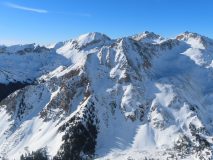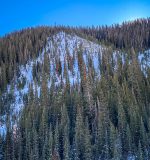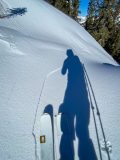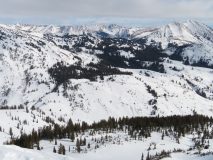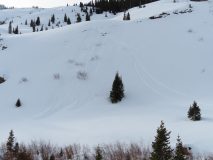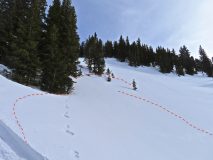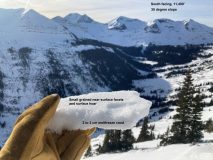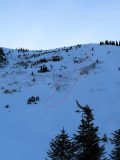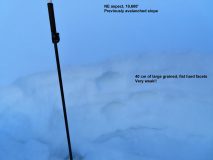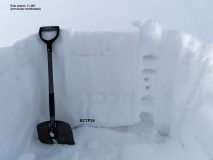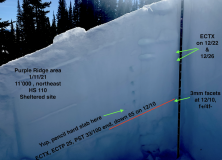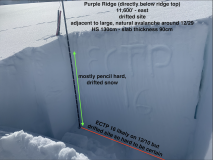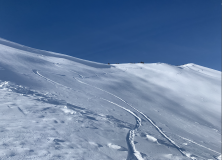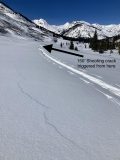Wind Board Is The New Pow Bro
Date of Observation: 01/15/2021
Name: Evan Ross
Zone: Northwest Mountains
Location: Kebler to Scarps Ridge
Elevation: 9,000-12,000
Avalanches: Nothing new observed
Weather: Few clouds, with continued moderate to strong winds
Snowpack: Covered ground and moved around, just trying to get a better idea of conditions after the wind event. Mostly just traveling on roads and looking at the terrain. In the big picture, there was way more wind erosion on the snowpack, then any actual wind-loading. I really didn’t see much of any lens-shaped, pillowy, or well loaded looking terrain. I’m sure there was some form of loading, maybe NTL behind some tree fences or something. Though I wouldn’t say you could claim there is specific terrain with common characteristics holding fresh wind load, and instead, any fresh wind-loading looked more isolated to non-existent. Lots of wind-board and sastrugi out there unfortunately.
I also spent a brief period in lower Elk Creek. Some of the snow surfaces down low had some texture in the protected areas, but the snow surface was still soft and more capable of a facet sluff than a slab problem. The views I had up toward the start zones looked more like wind texture and not so much for lens-shaped loading.
-
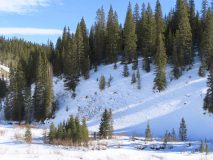
-
BTL west facing slope in the Kebler Corridor
-
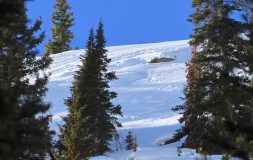
-
Lower Elk Creek. Looking up to A NE start zone at 10,100ft. Looks like more erosion than loading.
-
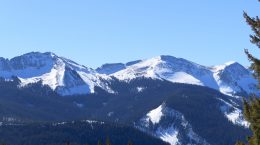
-
Northerly facing slopes in the Anthracite Range
-
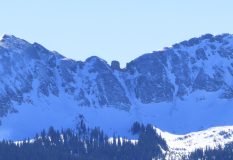
-
Not much snow left in the northerly facing gully below the Molar.
-
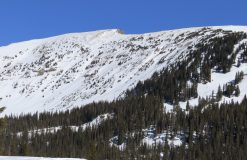
-
W-SW facing slopes in Robinson Basin
-
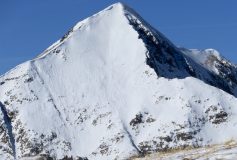
-
South Face of Afley
